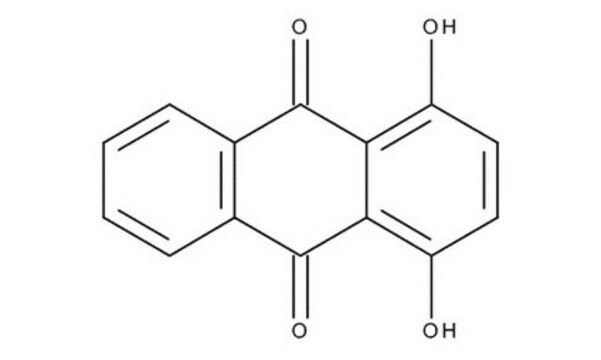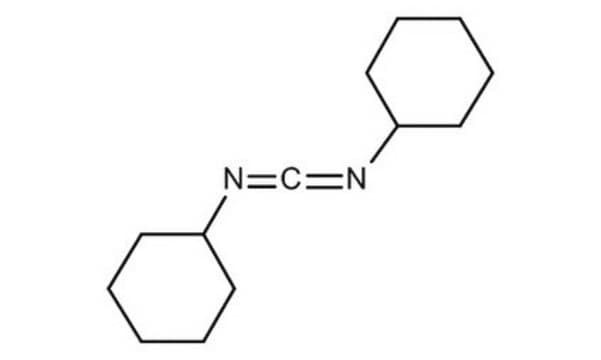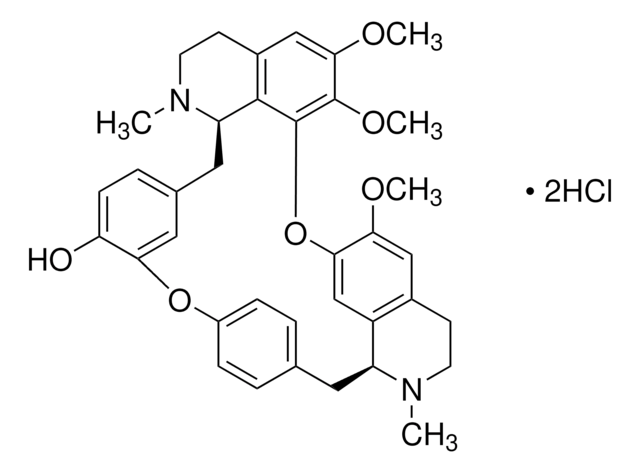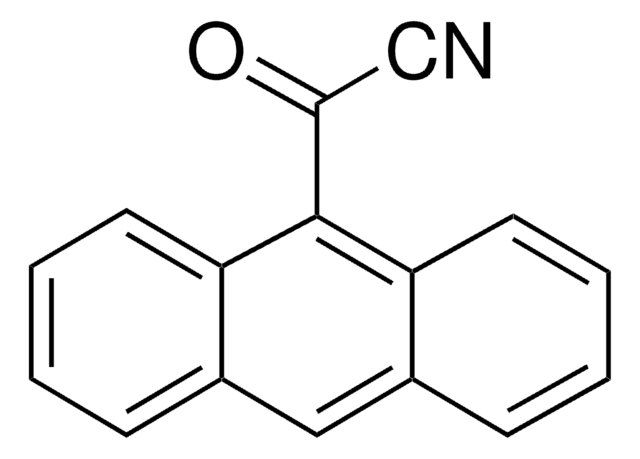Wichtige Dokumente
39405
4-(Dimethylamino)-pyridin
purum, ≥98.0% (NT)
Synonym(e):
N,N-Dimethylpyridin-4-amin, DMAP
About This Item
Empfohlene Produkte
Qualität
purum
Qualitätsniveau
Assay
≥98.0% (NT)
Form
crystals
pellets
mp (Schmelzpunkt)
108-110 °C (lit.)
111-114 °C
Löslichkeit
methanol: 0.1 g/mL, clear, colorless to almost colorless
Funktionelle Gruppe
amine
SMILES String
CN(C)c1ccncc1
InChI
1S/C7H10N2/c1-9(2)7-3-5-8-6-4-7/h3-6H,1-2H3
InChIKey
VHYFNPMBLIVWCW-UHFFFAOYSA-N
Suchen Sie nach ähnlichen Produkten? Aufrufen Leitfaden zum Produktvergleich
Allgemeine Beschreibung
Anwendung
- Capping-Mittel bei der Herstellung von wasserlöslichen Goldnanopartikeln.
- Initiator bei der Polymerisierung von Epoxidmonomeren.
- Hilfsreagenz bei der stromlosen Herstellung von Goldnanoröhrchen mittels Katalyse.
- Katalysator bei der Herstellung von γ- und δ-Lactonen durch Iodlactonisierung von γ,δ-ungesättigten Carbonsäuren.
Sonstige Hinweise
Signalwort
Danger
Gefahreneinstufungen
Acute Tox. 2 Dermal - Acute Tox. 3 Inhalation - Acute Tox. 3 Oral - Aquatic Chronic 2 - Eye Dam. 1 - Skin Irrit. 2 - STOT SE 1
Zielorgane
Nervous system
Lagerklassenschlüssel
6.1A - Combustible acute toxic Cat. 1 and 2 / very toxic hazardous materials
WGK
WGK 3
Flammpunkt (°F)
255.2 °F
Flammpunkt (°C)
124 °C
Persönliche Schutzausrüstung
Eyeshields, Faceshields, Gloves, type P3 (EN 143) respirator cartridges
Hier finden Sie alle aktuellen Versionen:
Besitzen Sie dieses Produkt bereits?
In der Dokumentenbibliothek finden Sie die Dokumentation zu den Produkten, die Sie kürzlich erworben haben.
Kunden haben sich ebenfalls angesehen
Artikel
In principle, the seemingly simple formation of a peptide bond can be accomplished using all the procedures available in organic chemistry for the synthesis of carboxylic acid amides. However, due to the presence of various functional groups in natural and unnatural amino acids and particularly the requirement for full retention of chiral integrity, the coupling of amino acids and peptides under mild conditions can be challenging. A plethora of coupling reagents has been developed superseding each other in efficiency and suitability for specific applications (e.g., solid-phase peptide synthesis or fragment condensation).
In principle, the seemingly simple formation of a peptide bond can be accomplished using all the procedures available in organic chemistry for the synthesis of carboxylic acid amides. However, due to the presence of various functional groups in natural and unnatural amino acids and particularly the requirement for full retention of chiral integrity, the coupling of amino acids and peptides under mild conditions can be challenging. A plethora of coupling reagents has been developed superseding each other in efficiency and suitability for specific applications (e.g., solid-phase peptide synthesis or fragment condensation).
Unser Team von Wissenschaftlern verfügt über Erfahrung in allen Forschungsbereichen einschließlich Life Science, Materialwissenschaften, chemischer Synthese, Chromatographie, Analytik und vielen mehr..
Setzen Sie sich mit dem technischen Dienst in Verbindung.














